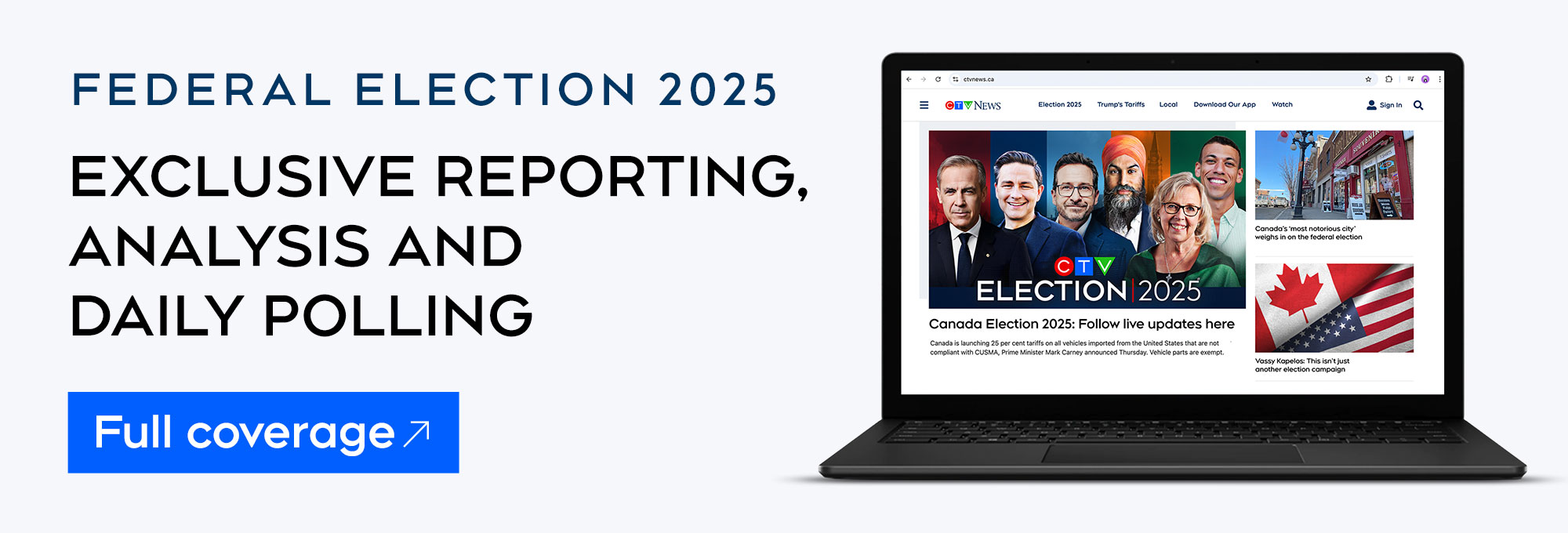The return of funding for Alberta’s Grants in Place of Taxes (GIPOT) program is the “biggest win” for municipalities in the new provincial budget, says Alberta Municipalities (ABmunis) President Tyler Gandam.
Instead of paying property taxes on provincially owned buildings, the province compensates municipalities through grant funding. Since 2019, the amount transferred to municipalities through the GIPOT program was cut in half.
The loss of revenue from these grant cuts, which range from a few thousand dollars in smaller towns to $15 million per year in Edmonton, has been a major point of contention between the province and municipal leaders.
But in surprise turn, Alberta’s government announced it will restore GIPOT funding to the full amount over two years.
In the 2025 budget, all grants in lieu of property taxes will be paid at 75 per cent and will be paid at 100 per cent in the budget 2026.
“I think this is a collective win across the province,” Gandam said.
ABmunis launched a campaign last year in which municipalities sent the province accounts of how their communities had been impacted by the cuts and has had ongoing conversations with the Alberta government about the GIPOT funding.
“We appreciate that the provincial government listened to the collective voice of municipalities,” Gandam said.
“It just shows that a collective voice from across the province has the opportunity to make some changes.”
Municipalities received $34 million in GIPOT funding in 2024. This will increase to $55 million in this year’s budget and is projected to reach $75 million in 2026.
While some towns and cities will be getting a boost from provincial property tax revenue, Thursday’s budget also contained with several unexpected funding shortfalls which will create difficulties for municipalities, Gandam said.
ABmunis analysts noted funding for provincial capital programs was about $100 million short of what was forecast in Budget 2024. This includes the discontinuation of the Local Growth and Sustainability Grant, a program introduced just last year to help rapidly growing small and mid-sized cities, and $70 million less than projected in funding for water and wastewater infrastructure projects.
The province is also increasing education property taxes, which are collected by municipalities from home, business, and farm owners alongside municipal taxes and transferred to the Alberta government.
Alberta Finance Minister Nate Horner said on Thursday the change is needed to make education funding more sustainable.
In 2024, 28.5 per cent of education funding came from these property taxes, but will increase to 31.6 per cent this year, a difference of about $400 million.
“We were surprised to see that while most Albertans will receive a personal income tax reduction, homeowners and businesses will see a substantial increase in the provincial education property taxes later this year. The increase represents a shift of the provincial tax burden onto the property tax base when the province has other more transparent and efficient revenue generation options,” Gandam said.
By Brett McKay, Local Journalism Initiative Reporter, St. Albert Gazette









